Metrorail Usage Data to Inform Analysis of the Current Budget Proposal Regarding Early Closures
Data can help inform understanding of the potential impacts and mitigating strategies for potential changes to Metrorail’s span of service.
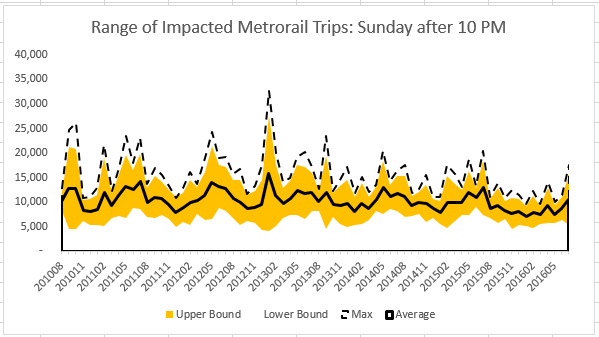
Metrorail ridership after 10 PM on Sundays, by month, since August 2010. The black line is the average, the yellow band is one standard deviation +/- average. The dashed line is the maximum.
In June of 2016, Metro began closing at midnight on weekend nights to allow more time for track work over the weekends, in support of the SafeTrack program. The Metro GM/CEO has recently announced he will pursue making this service change permanent. To meet the necessary track work requirements to get the system in a state of good repair – recommendations which the FTA and others have also made – the current budget proposal for FY 18 includes various additional early closure options, including ending Metrorail service at 10 PM on Sundays.
Staff from across the agency are currently working to assess the impact of such closures on customers and determine what strategies we might employ to replace some or all of that rail service with alternatives.
Similar to our data release related to SafeTrack, we are glad to provide ridership data to assist with analyses by our local partners and members of the transit advocacy community.
First, average, standard deviation and maximum ridership after midnight on Friday and Saturday, and after 10 PM on Sunday by month, station, and hour, from 2010 to 2016. (Excel, 13 MB) The graph above illustrates one dimension of this data: the average, usual range and maximum system ridership on Sundays by month since August 2010. The biggest spike there is during Obama’s second inauguration weekend. There is a lot to learn from this data set.
Secondly, we’ve put together Metrorail entries by half hour by day type. The full dataset is available for download, but the relevant data is presented in the image below, showing the half-hour segments that have the lowest ridership.
We have also assembled additional visualizations of ridership during the potentially impacted periods: Read more…

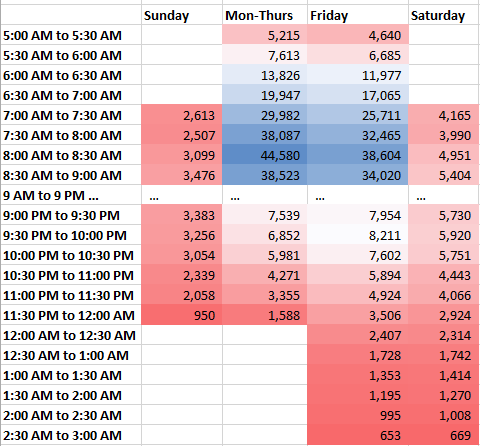
![Bus%20Gallery%20Place%20041816-5908[1]](https://planitmetro.com/wp-content/uploads/2016/06/Bus-Gallery-Place-041816-59081-300x222.jpg) These adjustments aim to improve system reliability, route simplicity, and customer service. The bulk of this service change impacts bus routes in Virginia. Check below to see if your routes will be affected and look up
These adjustments aim to improve system reliability, route simplicity, and customer service. The bulk of this service change impacts bus routes in Virginia. Check below to see if your routes will be affected and look up 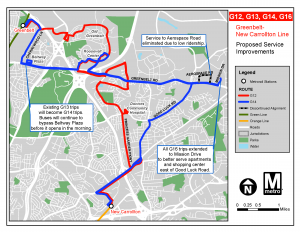
![R%20I%20Ave%20night%20121615-7986[1]](https://planitmetro.com/wp-content/uploads/2016/03/R-I-Ave-night-121615-79861-1024x507.jpg)
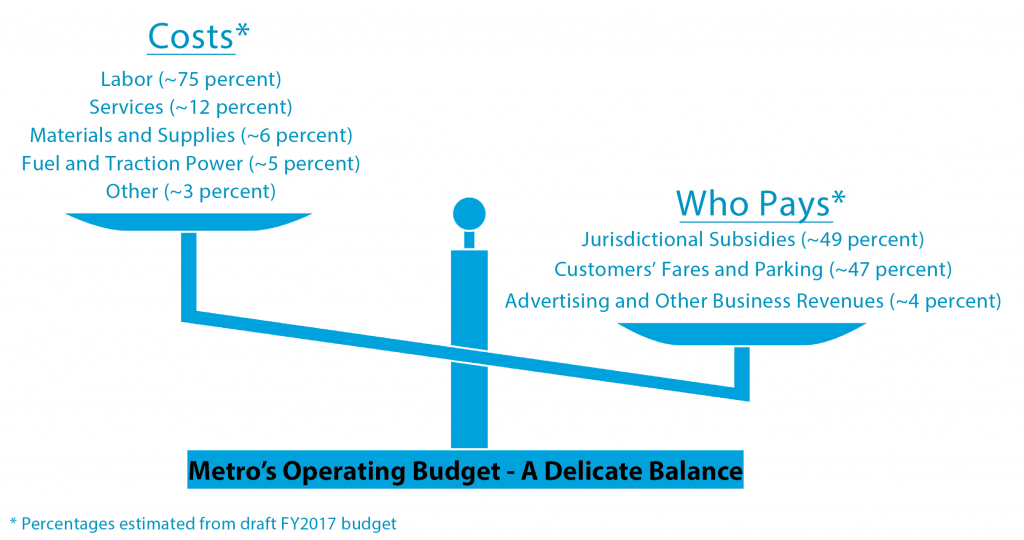
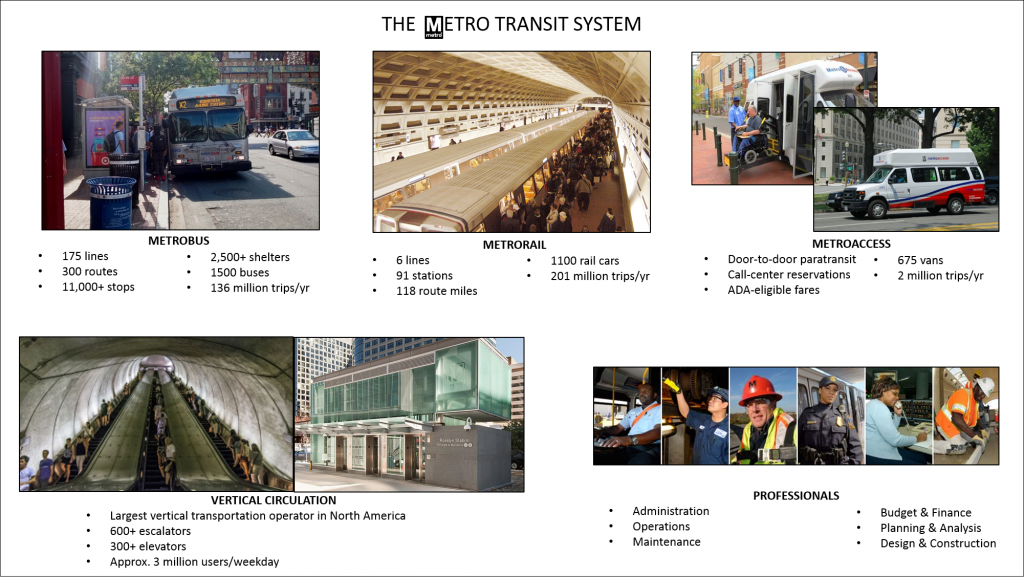
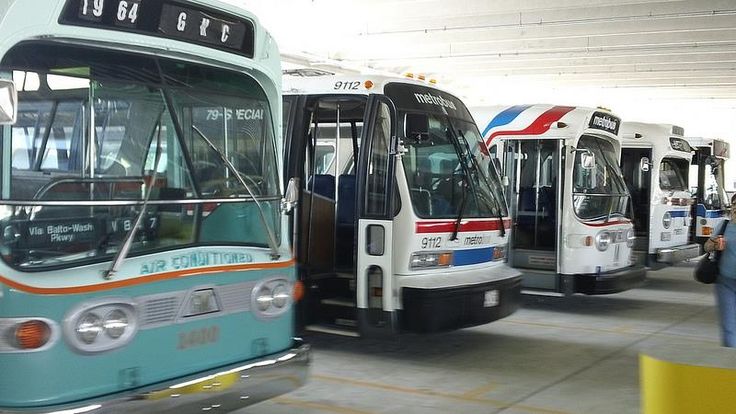
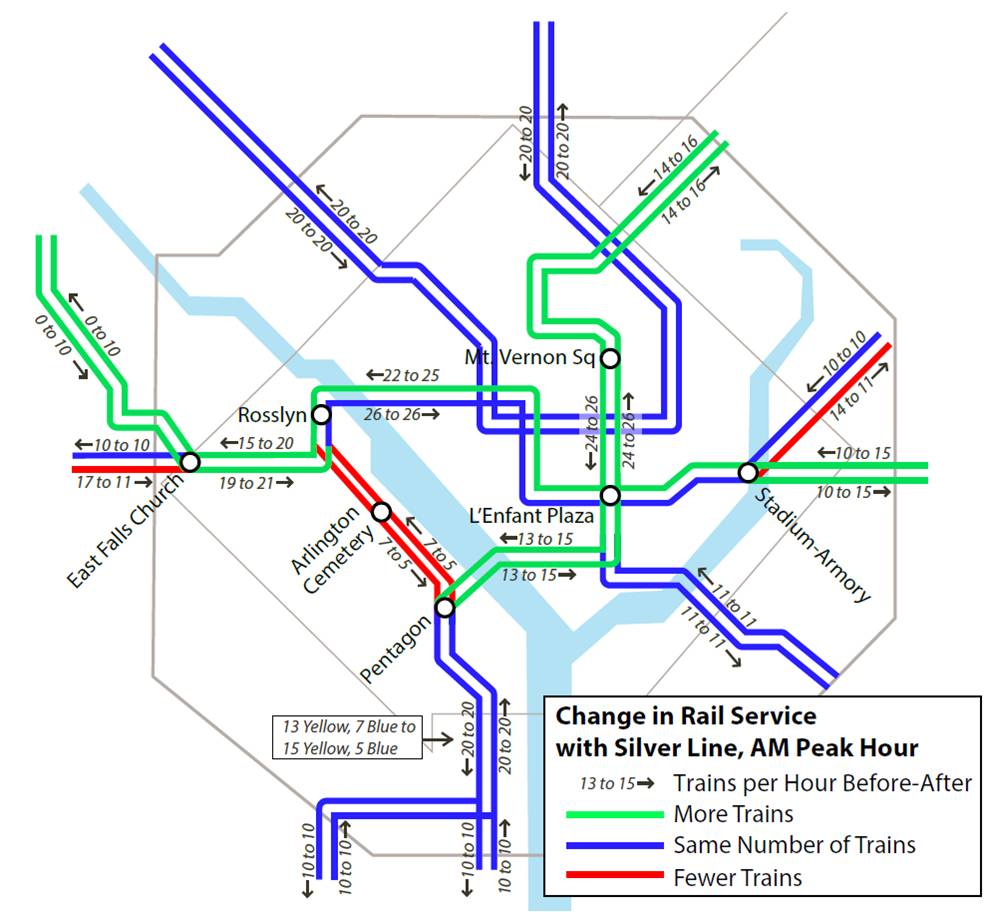
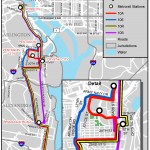
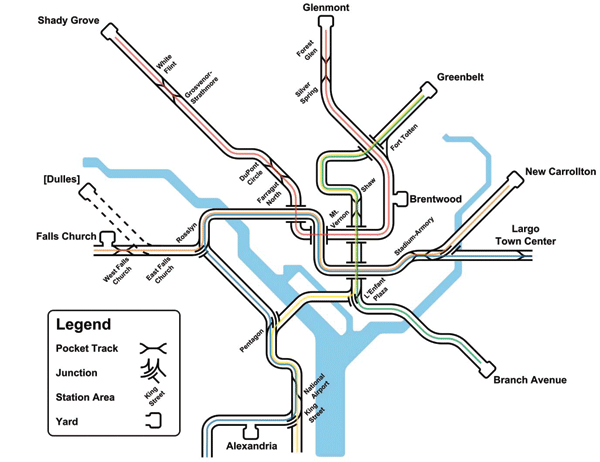
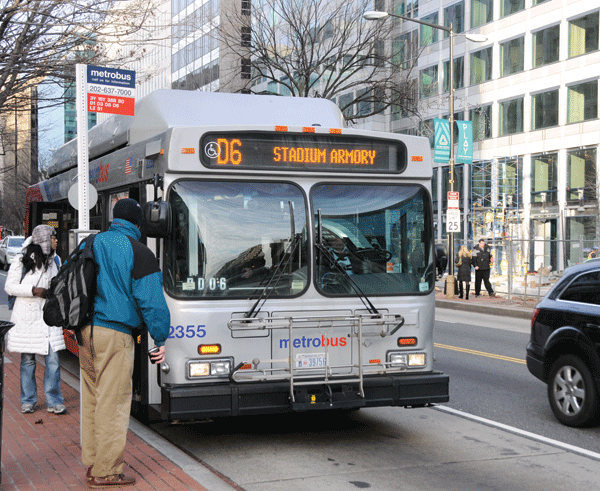

Recent Comments